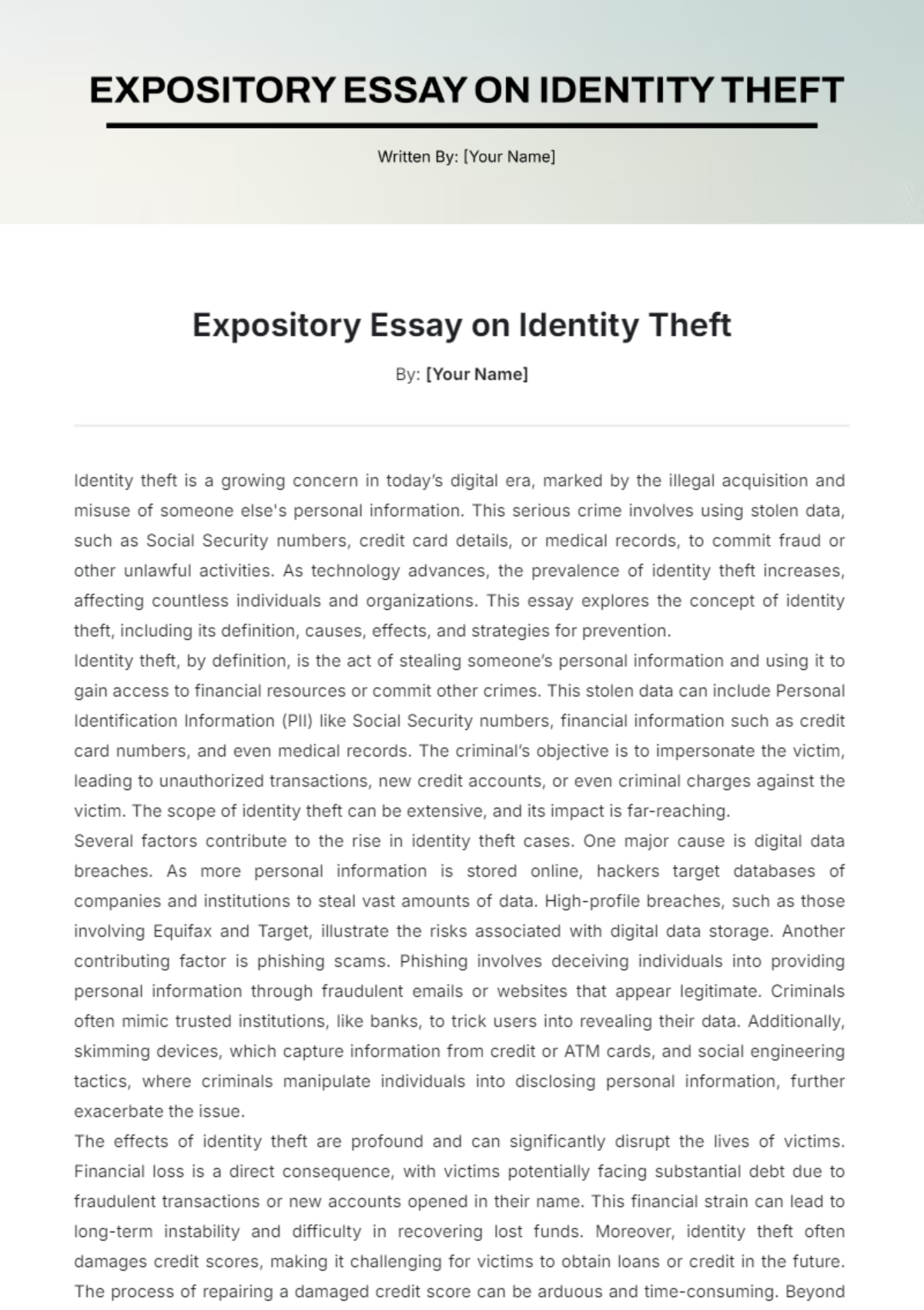Free Palm Sunday: Symbolism and Meaning Essay
Delve into the profound symbolism and significance of Palm Sunday with Template.net's Palm Sunday: Symbolism and Meaning Essay Template. This editable and customizable resource illuminates the spiritual depth behind the palm branches and historical context. Easily tailored to your insights, it's editable in our AI Editor Tool for seamless customization of your essay.






























